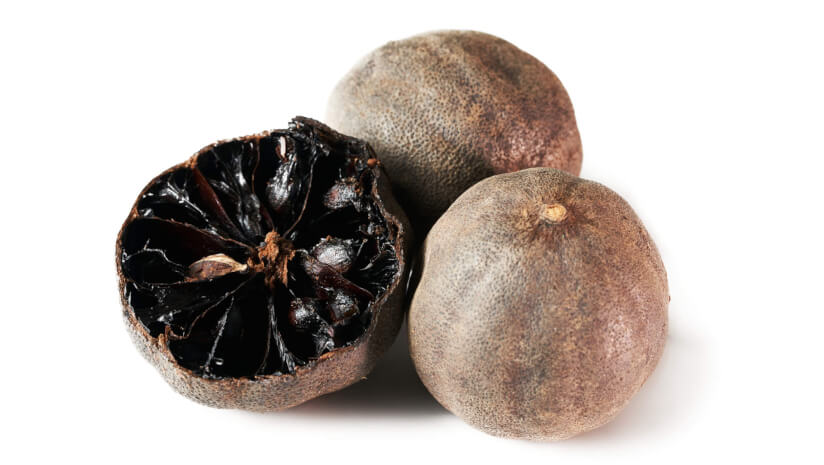The increase in locally acquired cases of chikungunya continues in France, in a year 2025 that is already a record year in this respect, but its pace is slowing down, according to new data published Wednesday by Public Health France (SpF).
As of October 13, 729 locally acquired cases of chikungunya spread across 78 clusters, in addition to 13 isolated cases, have resulted from infections in mainland France since the beginning of May, compared to 695 cases in 75 clusters and 13 isolated cases the previous week, according to the national public health agency's weekly report.
While several outbreaks have now ended, the summer of 2025 saw an unprecedented surge in infections of this virus in mainland France. Transmitted from human to human via tiger mosquito bites, it causes fever and joint pain. Several clusters have recorded more than 70 cases: Fréjus (Var), Antibes (Alpes-Maritimes), and Bergerac (Dordogne).
This year, a severe epidemic in Réunion and the Indian Ocean region led to imported cases, which in turn facilitated transmission within mainland France. More generally, climate change is promoting the establishment of the tiger mosquito in regions where it was absent a few decades ago.
For dengue fever, also transmitted by the tiger mosquito, no new locally acquired cases were identified as of October 13. Since the beginning of May, France has recorded 28 locally acquired cases, far from the record for the entire year of 2024 (66 cases).

Also under increased surveillance: West Nile fever, transmitted by the Culex mosquito via an infected bird, has a growing number of locally acquired cases, with 48 cases identified as of October 13. One of these cases, that of a man over 80 years old with comorbidities, died last summer.
Indigenous cases of West Nile fever have already been reported in France in previous years, around forty in 2024, but never so many outside the historical transmission zone on the Mediterranean arc, a trend observed throughout Europe.


